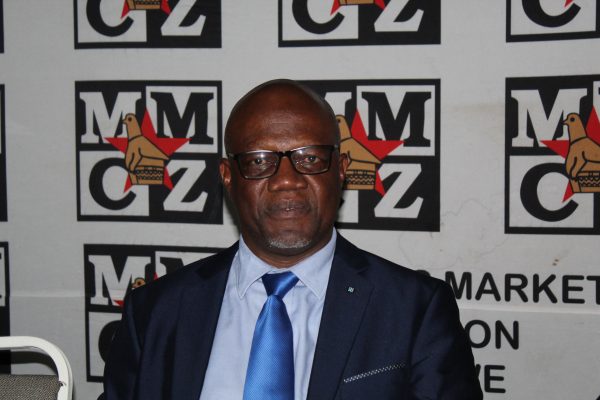
TAURAI MANGUDHLA ZIMBABWE has missed its mineral production targets for the first two months of the year by about 25%, but authorities remain optimistic that it will meet a sectorial US$12 billion revenue contribution by 2023.
However, developments indicate achieving a US$12 billion mining economy by 2023 with current estimates of about US$5 billion from gold and another US$5 billion from the rest of the minerals is almost impossible.
Excluding gold, the country recorded sales of US$539 million cumulatively for January and February 2022, against a target of US$675 million, Minerals Marketing Corporation of Zimbabwe (MMCZ) general manager Tongai Muzenda told businessdigest in an interview.
“It’s nothing to worry about, it’s just a slow start to the year,” Muzenda said.
Although far below projections by about U$136 million, the figures are 2% above prior year and initiatives being implemented could have brought the sector back on target by the end of March, according to Muzenda.
“I think by the end of the quarter, which is the end of March, we should be able to catch-up and be on target. I hope. If that doesn’t happen, then we are confident we will be able to catch up in the second quarter,” he said.
Collection and reconciliation of statistics for the month of March is ongoing.
Muzenda said the sector was benefiting from firming up of prices on the global market for most minerals.
- Chamisa under fire over US$120K donation
- Mavhunga puts DeMbare into Chibuku quarterfinals
- Pension funds bet on Cabora Bassa oilfields
- Councils defy govt fire tender directive
Keep Reading
“In terms of prices, they have gone up for almost all minerals, be it PGMs which is the biggest contributor. Be it chrome ore or ferrochrome, the prices have gone up a little bit and also coke and coal,” he said.

Muzenda said the sector was on course to hit the US$12 billion target for 2023.
Mining, agriculture, infrastructure and manufacturing are at the centre of President Emmerson Mnangagwa’s ambitious economic turnaround strategy.
“We are doing fine towards the US$12 billion mark. This year, we anticipate doing up to US$5 billion by the end of year. That is our target in terms of our strategic planning and this is excluding gold,” he said.
Including gold, based on production targets of US$5 billion worth of the yellow metal in 2023, the sector is this year expected to hit around US$10 billion.
However, a close source in the ministry of Mines and Mining Development said US$8 billion was a realistic target for the sector this year.
The extractive sector has over the years suffered from a myriad of challenges including a perennial image crisis that has negatively impacted foreign investment.
Mining also suffered from an energy crisis that has resulted in industry going for more than 12 hours without power.
As a result, businesses have resorted to diesel powered generators, which is a nightmare for the energy intensive mining industry after recent fuel price increases.
Solar investments are proving costly and not within the reach of all players.
Zimbabwe’s mining sector has also raised concern about high labour costs, high utility costs, multiple layers of taxes and foreign currency retention rules introduced by the central bank as the economy remains stuck in a foreign currency crisis.
Zimbabwe’s US$12 billion target from the mining sector is also affected by smuggling, especiallyof gold and diamonds.
The country’s major gold buyer, Fidelity Printers and Refiners has for years failed to pay for deliveries timeously, leaving the market open to cartels of illegal buyers who pay cash and often smuggle the precious mineral.











